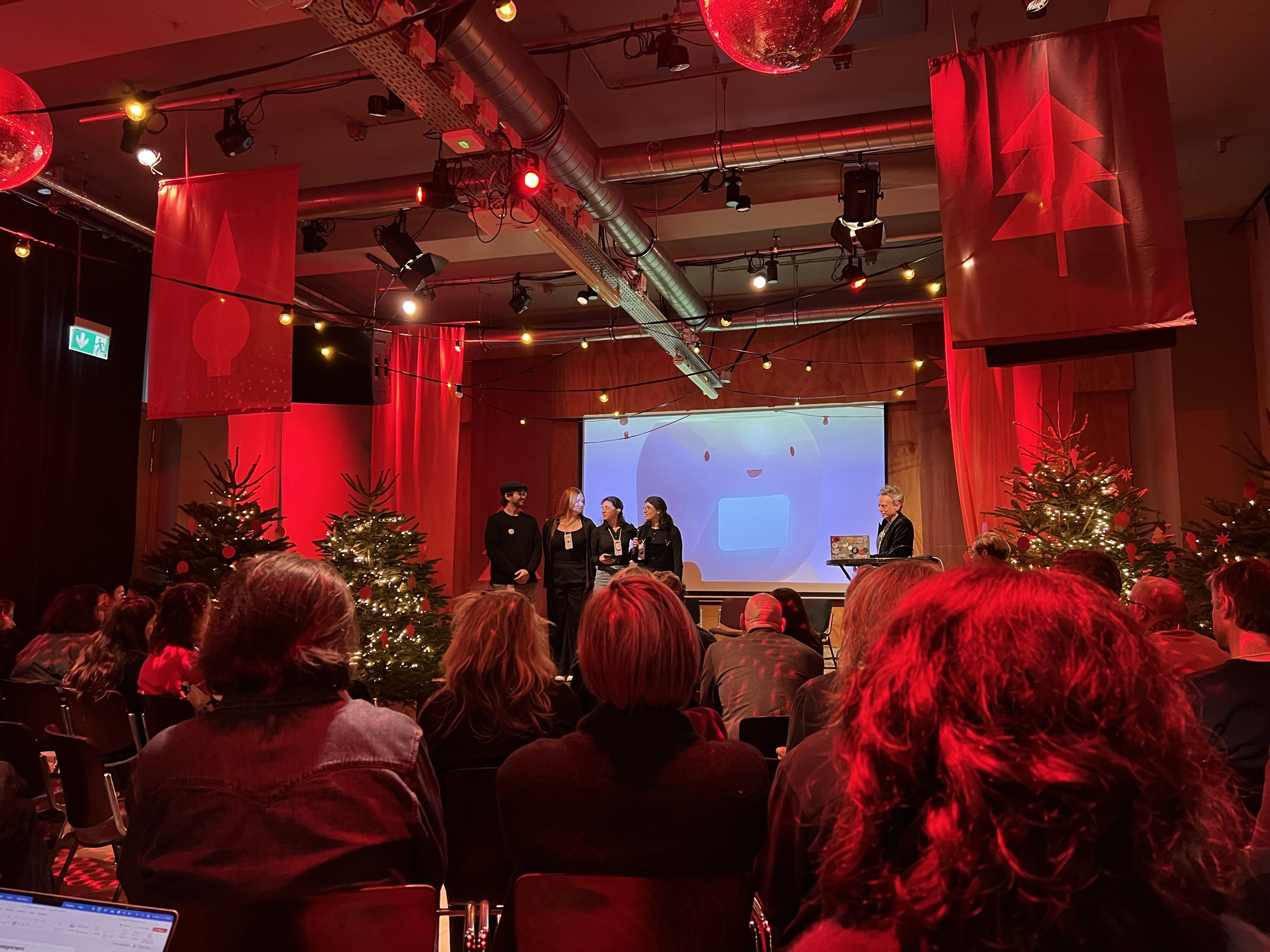Blog #1: Software is Polluting the World
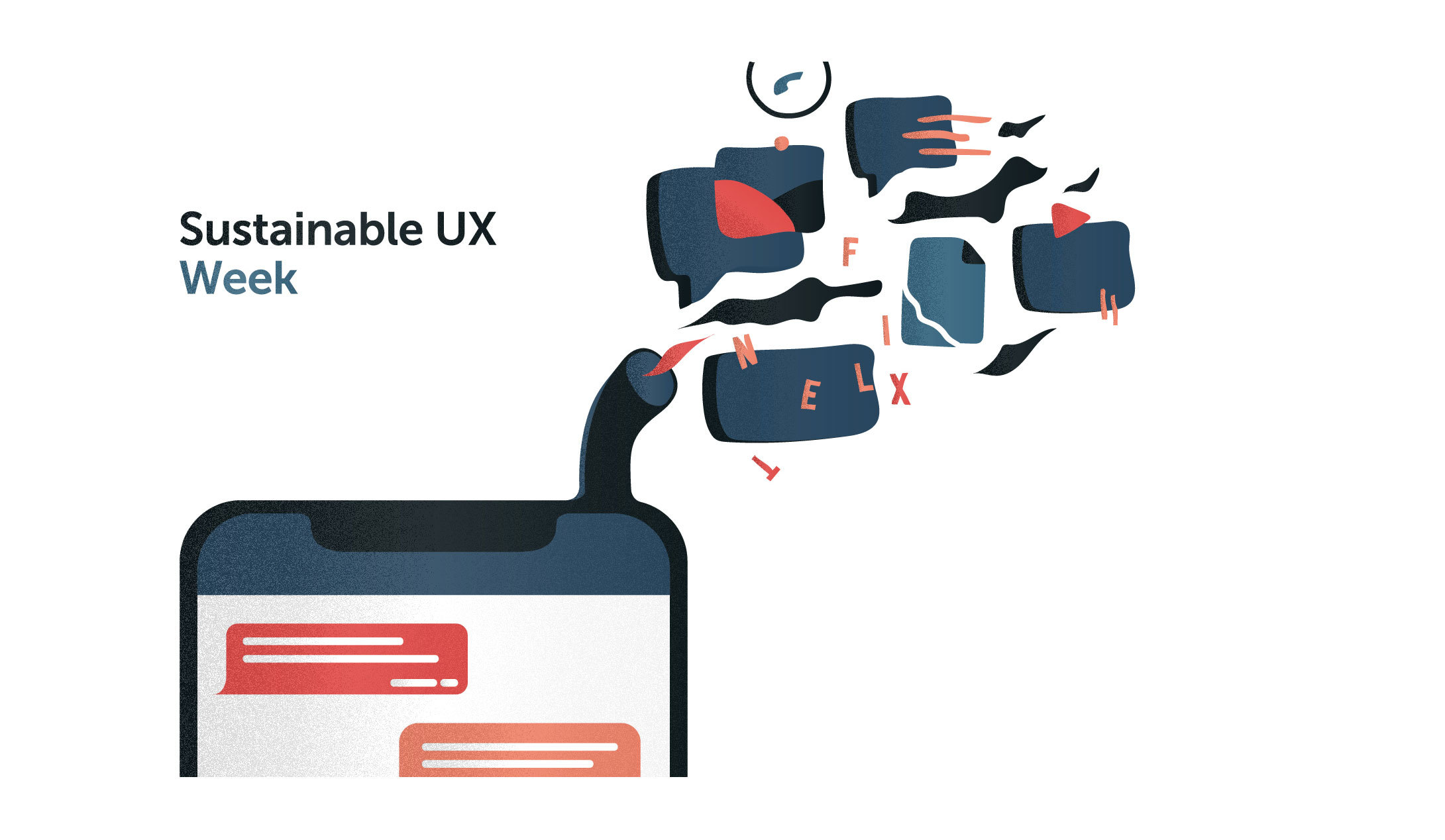
How much does it cost to binge-watch Tiger King on Netflix? Apart from the monthly subscription, the environment also pays for your daily dose of entertainment. Digital pollution is an invisible problem that not many people seem to be aware of. In light of Earth Day, the Master Digital Design is dedicating this week to sustainability. We will share our ideas on how to reduce the carbon footprint of some of our favourite digital products without compromising our designs.
"Please consider the environment before printing this email". You have probably seen this line at the bottom of an email before. By now it's widely known that you should pay attention to what you print to reduce your carbon footprint. But how much does it cost sending this e-mail in the first place?
What few people realise is that there is also something called digital pollution. When we send e-mails, we are using computational energy. This energy usage increases our carbon footprint and can have a big impact in the long run. That makes "Please consider the environment before sending this email" a valid statement as well.
If the Internet was a country, it would be the 6th largest polluter in the world
The Internet consumes large amounts of electricity in data centers, telecoms networks, and consumer devices. If the Internet was a country, it would be the 6th largest polluter in the world (Nature.com, 2018).
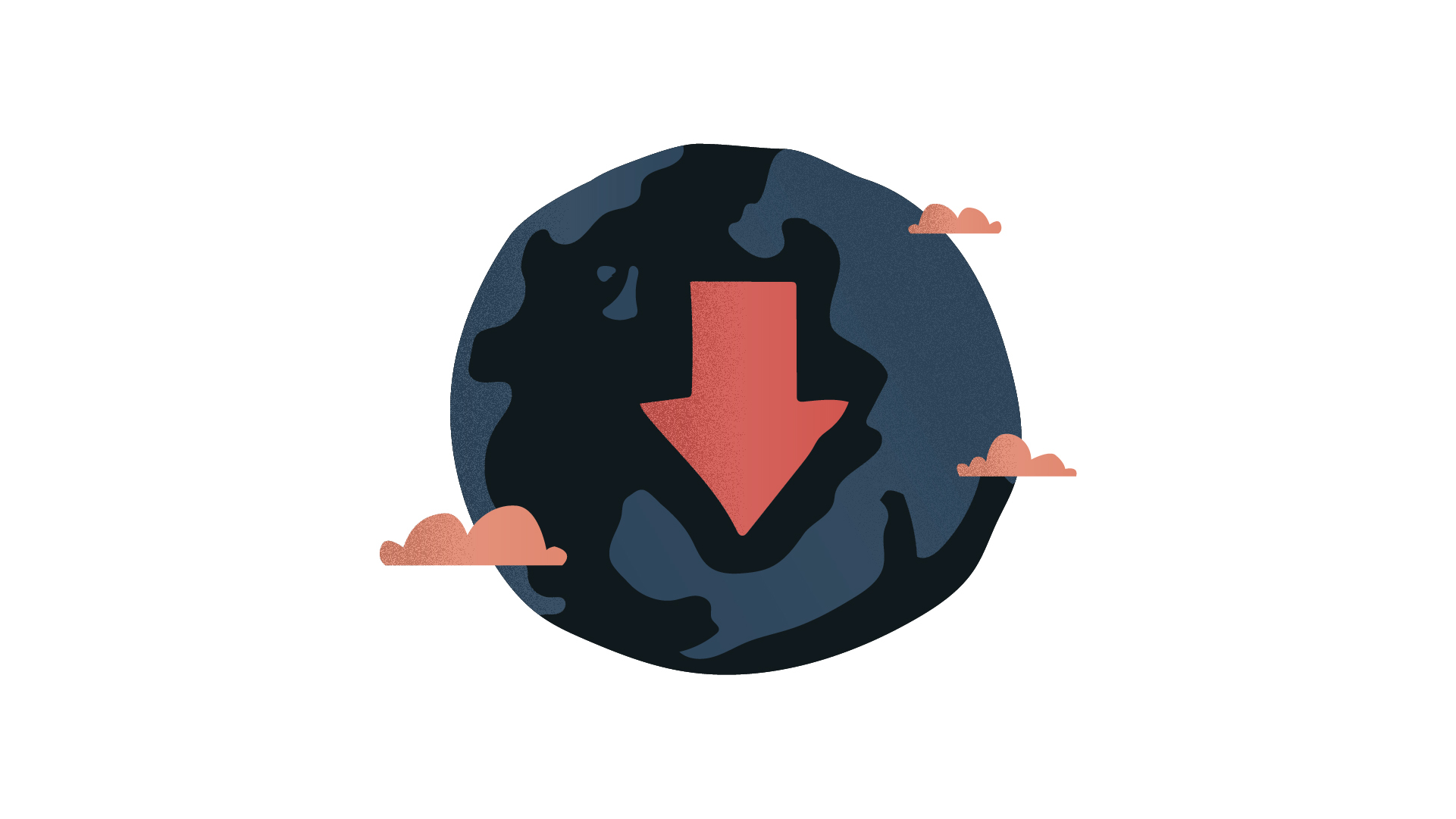
Carbon emissions and their impact on the environment are constantly being widely discussed in a lot of areas. So much so, that a certain sense of embarrassment has arisen when becoming aware of our own carbon footprint. One of the new terms that has come from this is 'flygskam', the Swedish word that describes the feeling of shame that comes from traveling by airplane with the knowledge of how much pollution it causes.
Now, the discussion has started about the impact of computational energy usage on the environment, and we're starting to feel embarrassed about our digital footprint.
Binge-watching shows on Netflix for a month straight contributes to as much carbon emissions as a flight from London to New York.
How much is your entertainment worth?
When you binge-watch your Netflix series, group call on Houseparty (thank you Covid-19) or buy Bitcoin, you are indirectly emitting carbon emissions into the world. Binge-watching shows on Netflix for a month straight contributes to as much carbon emissions as a flight from London to New York (Atmosfair, 2020).
And then you could ask, "Who binges Netflix for a month straight?" but that's beside the point. It shows that 'doing nothing at home' actually also impacts the world around us.
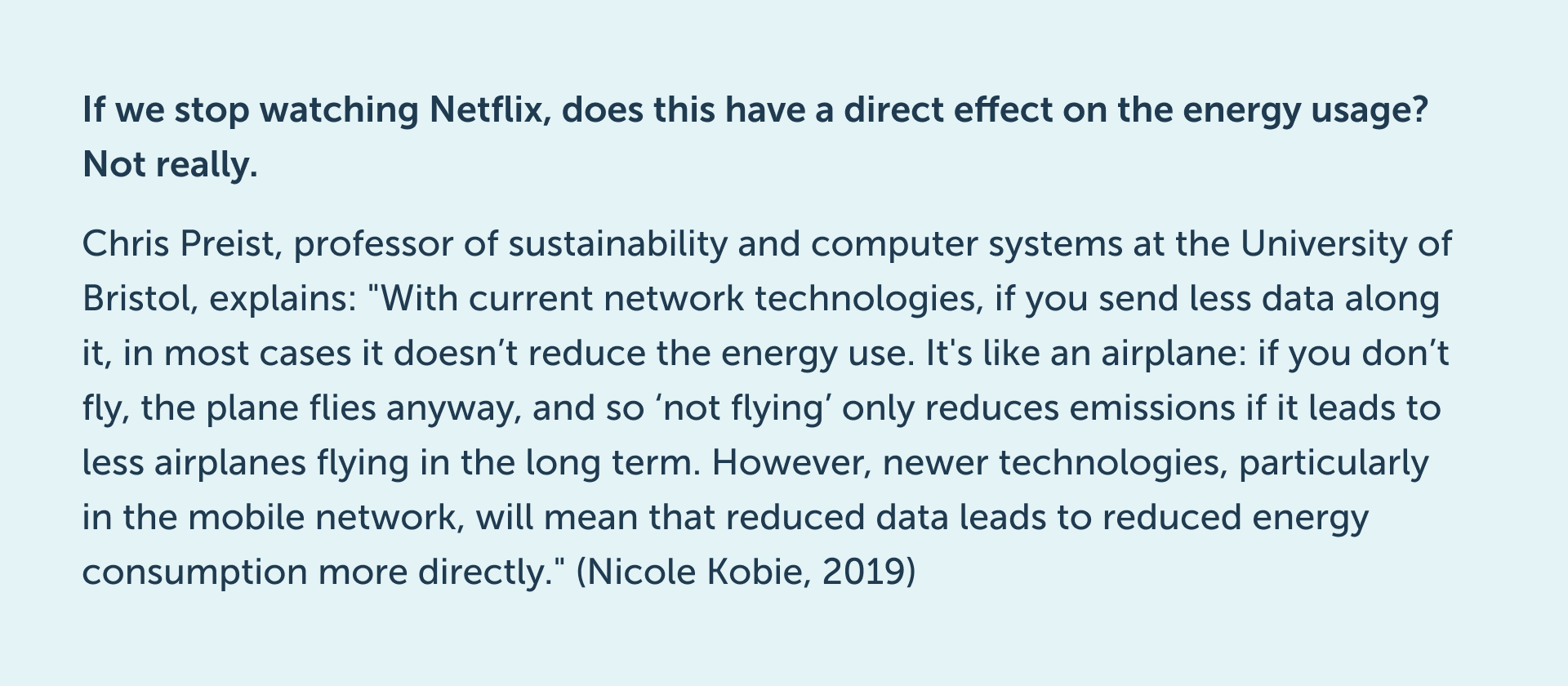
Small changes, Big Impacts
The Internet is a numbers game where even the slightest changes can have a big impact on the total. Take, for example, YouTube: the video giant has over 60 million-page views per day. According to researchers (Preist et at, May 2019), YouTube's annual carbon footprint is about 10Mt CO2e (Million Metric tons of carbon dioxide equivalent) — about the output of a city the size of Rotterdam (600.000 inhabitants).
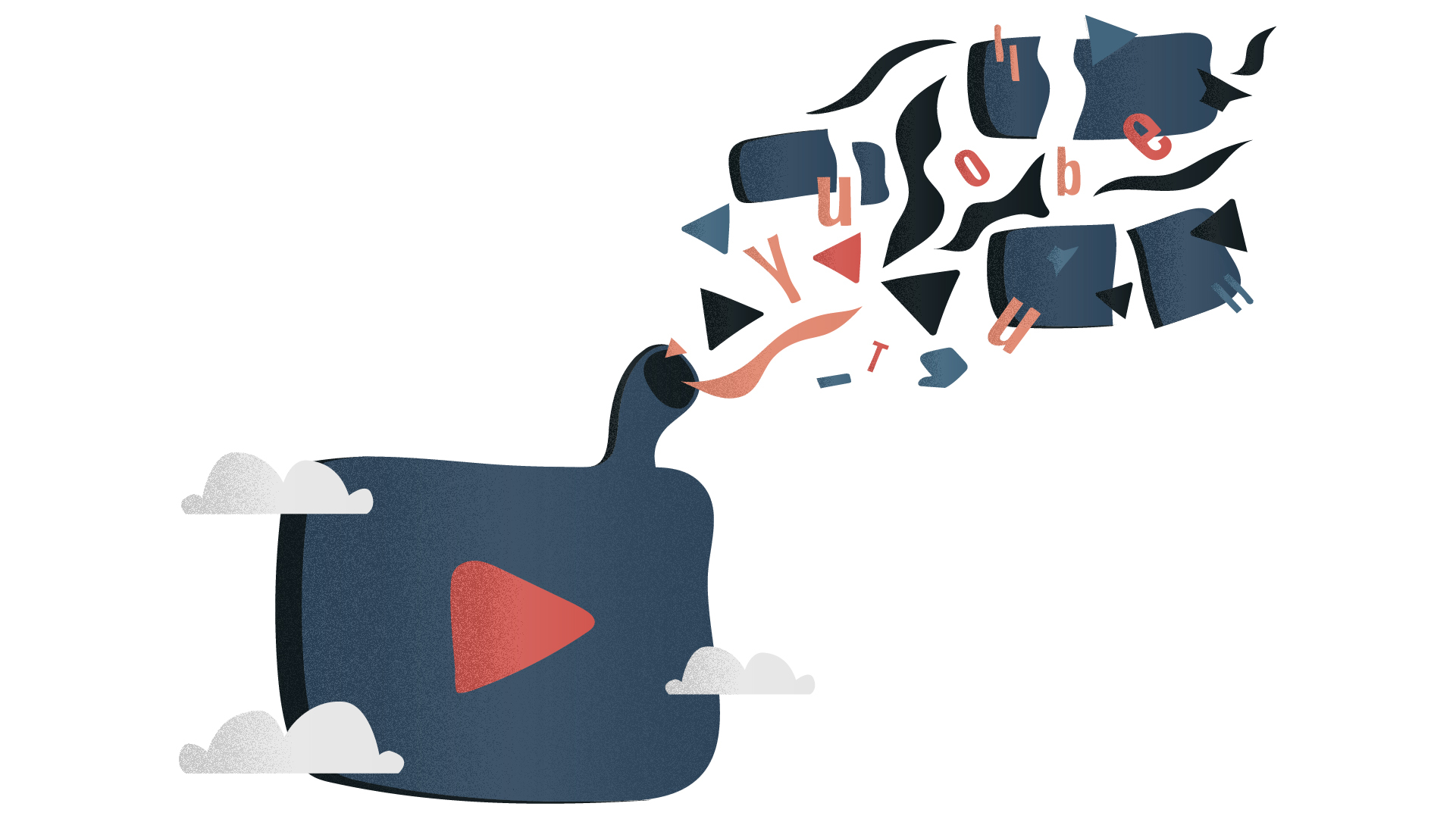
Given the vast number of YouTube users across the planet, a slight optimisation of the UI adds up. That's 60 million times that the logo gets downloaded and displayed. With these numbers, even the slightest changes in design and engineering influence the footprint. That's why nowadays YouTube's displayed logo is only about 5kb (Der Funke, 2020). It's completely optimised to reduce energy usage and makes the overall browsing experience as fast possible. All of that with just this one simple optimisation.
Sustainability vs Good Design
With the rising awareness of digital carbon footprints, designers started considering sustainability in their work more and more. The term ‘sustainable UX’ has been receiving rising interest over the last years. This movement "takes into account its responsibility to the environment and utilizing practices that reduce harm to the environment" (Rossul, July 2019).
As designers, we have an important role as we can try and tackle the problem at the source. We are able to make more sustainable decisions in the work we deliver or we could nudge our users into becoming more sustainable themselves. But if we focus on this, will we still be able to deliver good design?
Sustainable UX is a movement that is still in its infancy. Some companies, however, are already doing their part in creating a smaller carbon footprint for themselves and their users. These measures differ from big to small, but all show a certain awareness of digital pollution.
We've identified two different ways designers are pushing sustainability: small nudges, in which the user is (maybe unwittingly) prompted to choose more sustainable options; and content optimization, in which content is optimised to needing less power.
This week, we will showcase some of the best practices within Sustainable UX and present our own ideas on how to reduce our carbon footprint through design.
Note: The title is a reference to the famous essay by Marc Andreessen called 'Software is Eating the World'.
Text by Danique de Bies & Kent de Bruin. Illustrations by Matthijs Nolst Trenité. Filter and calculations by Gabriela Onu.
